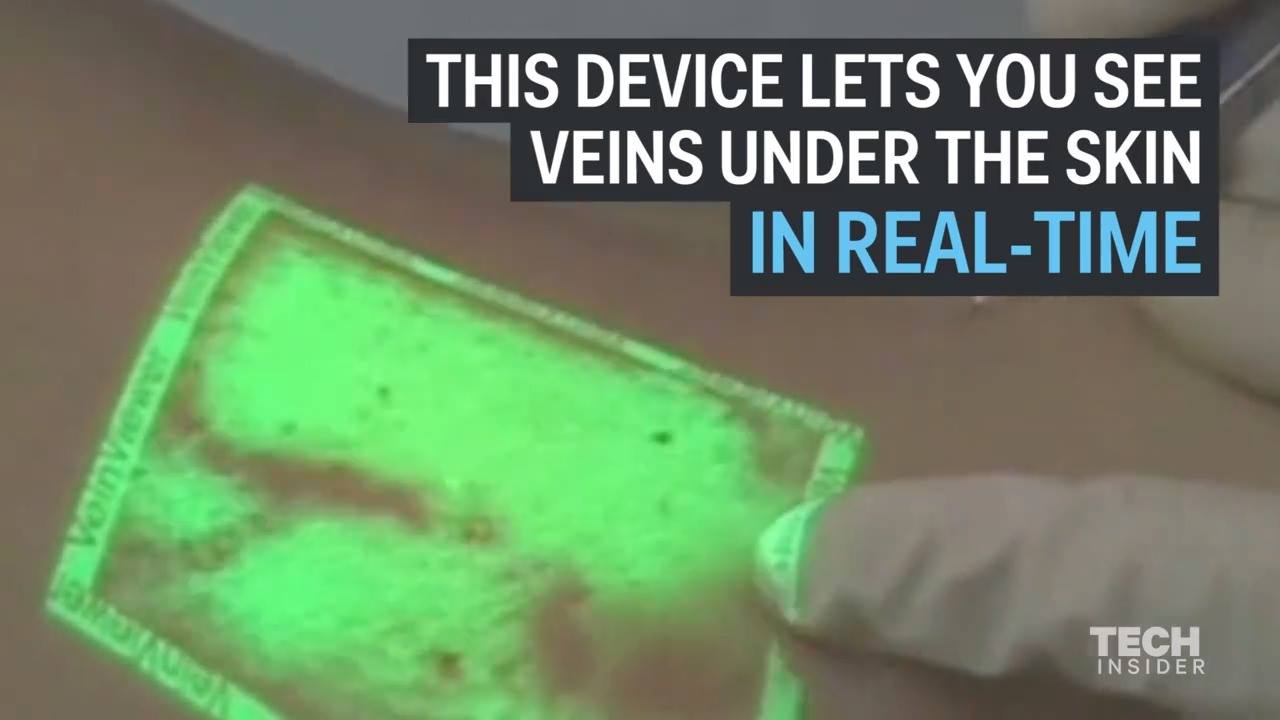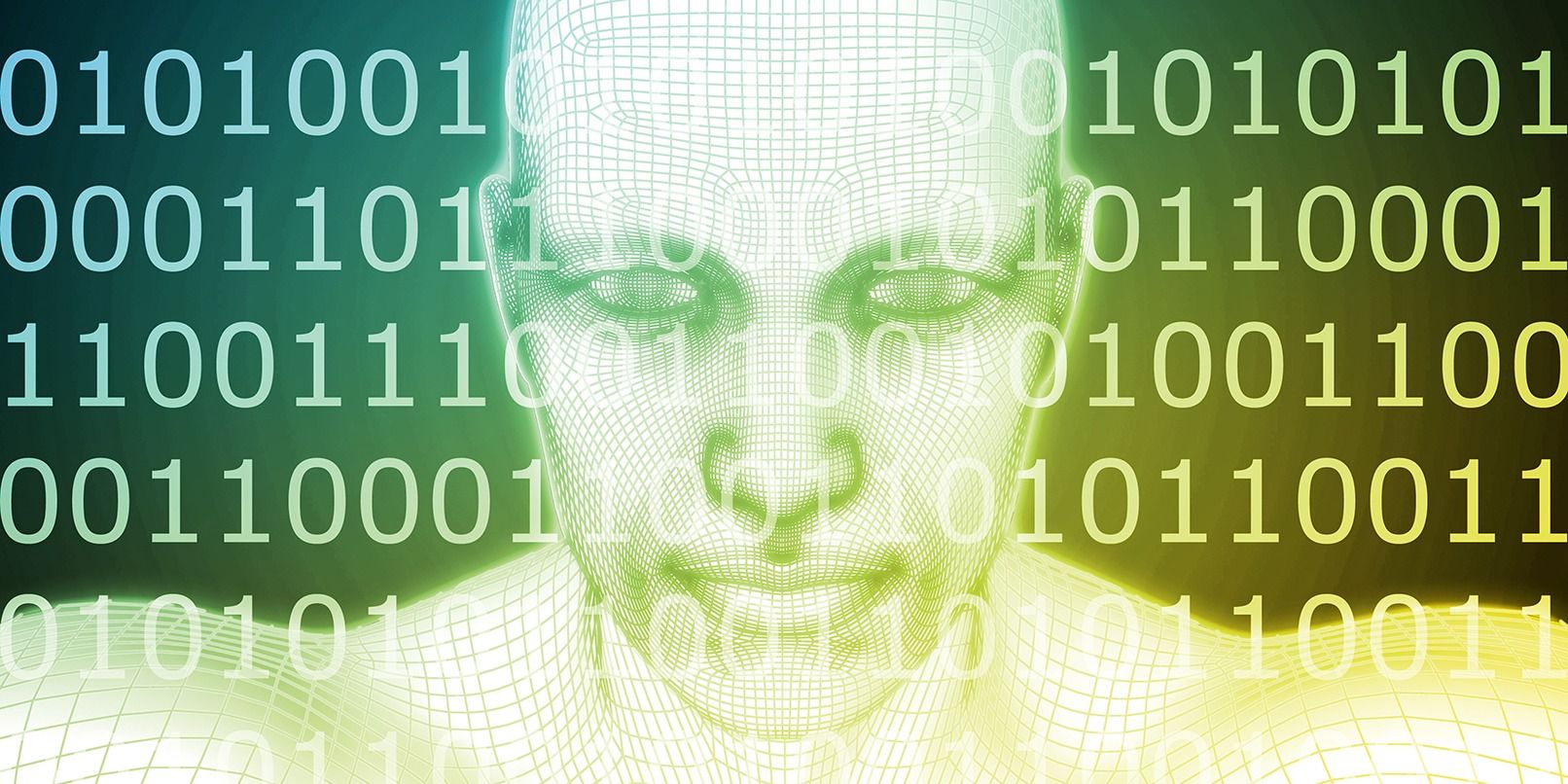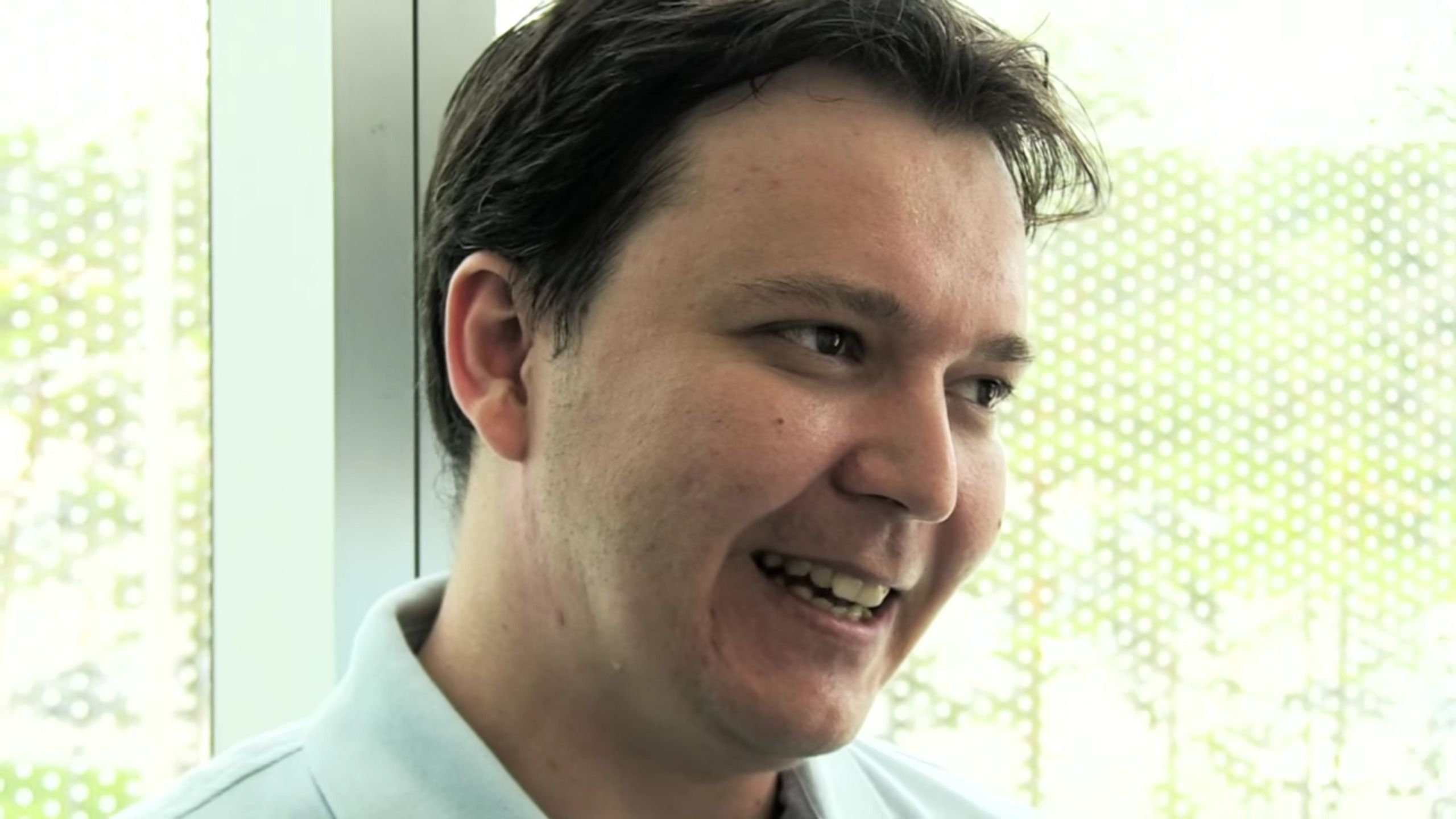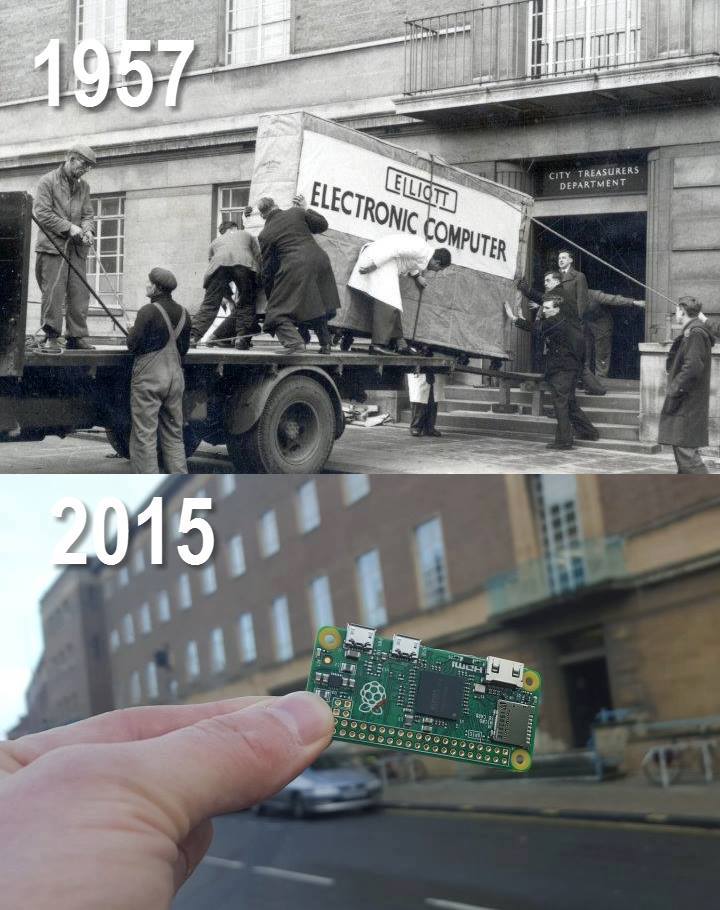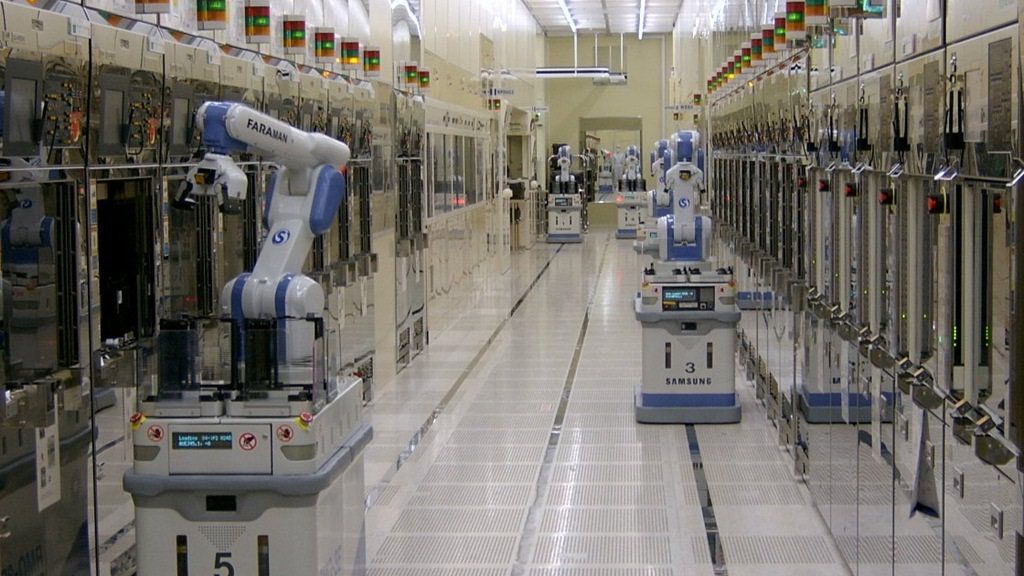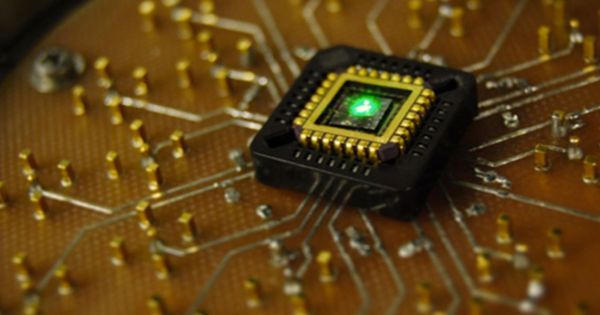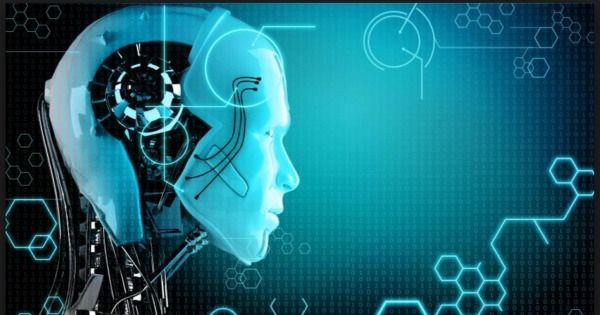Page 10864
Oct 18, 2016
Google’s ‘DeepMind’ AI platform can now learn without human input
Posted by Elmar Arunov in category: robotics/AI
Bow to your robot overlords. Google’s parent company, Alphabet, now possesses a smart AI capable of learning without the need for human input.
Oct 18, 2016
Apple’s new director of AI research will speak at EmTech MIT 2016
Posted by Elmar Arunov in categories: computing, robotics/AI
Ruslan Salakhutdinov, a deep-learning expert at Carnegie Mellon, is exploring smart ways for computers to learn about the world.
Oct 18, 2016
Samsung’s 10nm node, SoCs now in mass production
Posted by Shailesh Prasad in category: computing
Samsung announced today that it is rolling out 10nm technology for mass manufacturing, with hardware expected in early 2017.
Oct 18, 2016
Graphene and Quantum Dots Come Together to Create “Hybrid” Tech
Posted by Shailesh Prasad in categories: materials, quantum physics
In Brief:
This new development in photoelectronics makes the technology more cost (and quantum) efficient. This opens ways for graphene to be further integrated in the field of photoelectronics.
EICREA professors Frank Koppens and Gerasimos Konstantatos led researchers in the ICFO in developing a hybrid photodetector that is better-performing in terms of speed, accuracy and range, and operates in the visible spectrum, near infrared (NIR) and short-wave infrared (SWIR), with wavelengths ranging from 400 to 3000 nm.
Continue reading “Graphene and Quantum Dots Come Together to Create ‘Hybrid’ Tech” »
Interesting!
An antimatter probe to a nearby star? The idea holds enormous appeal, given the colossal energies obtained when normal matter annihilates in contact with its antimatter equivalent. But as we’ve seen through the years on Centauri Dreams, such energies are all but impossible to engineer. Antimatter production is infinitesimal, the by-product of accelerators designed with a much different agenda. Moreover, antimatter storage is hellishly difficult, so that maintaining large quantities in a stable condition requires multiple breakthroughs.
All of which is why I became interested in the work Gerald Jackson and Steve Howe were doing at Hbar Technologies. Howe, in fact, became a key source when I put together the original book from which this site grew. This was back in 2002–2003, and I was captivated with the idea of what could be called an ‘antimatter sail.’ The idea, now part of a new Kickstarter campaign being launched by Jackson and Howe, is to work with mere milligrams of antimatter, allowing antiprotons to be released from the spacecraft into a uranium-enriched, five-meter sail.
Oct 17, 2016
A paralyzed man used his mind-controlled robotic hand to shake hands with President Obama at a Pittsburgh tech event
Posted by Shailesh Prasad in categories: biotech/medical, robotics/AI
Oct 17, 2016
Self-Learning AI: This New Neuro-Inspired Computer Trains Itself
Posted by Gerard Bain in categories: computing, robotics/AI
In Brief:
- Using reservoir computing and backpropagation, researchers were able to push an analog computer past its own boundaries.
- By combining established technologies with new innovations, we can speed up development with tech having the ability to improve itself.
Oct 17, 2016
The High-end VR Room of the Future Looks Like This — By Sarah Downey | UploadVR
Posted by Odette Bohr Dienel in category: virtual reality
“Let’s start from the ground up. Forget the room scale debate: the VR setup of the future moves with you.”
